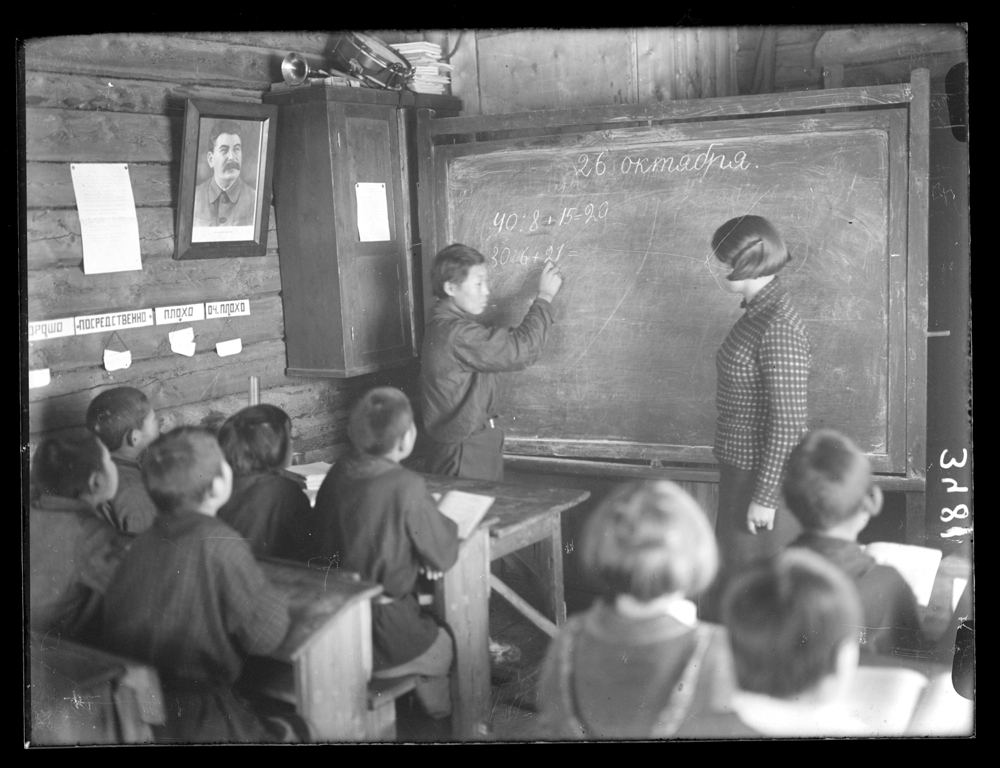Containment: mastering archival emanations
I want an incessantly perspectival historiography, one that situates the author unapologetically. I want a scholarship that generates new forms of authority, new contracts--a new groundwork for representing the world and for encouraging empowered, creative, and engaged discourse. We need better histories; I don't deny this. But the approach will fail if it replaces old histories with new histories that make the same authoritative claims to finality and closure. We need histories that are well researched and accurate; that are closer to truths but that recognize these are impossible to achieve, where the authority of historical statements do not need to be cast in a language disciplinary power. They can be cast in other ways in ways that tell the story that address blind spots, and that leave the way open for counter-narratives.
My project folds archival ethnography into cultural history and critical theory. It is replete with disclosures and refusals as well as invitations to extend and participate. The video below, an emanation is something that issues from a source, is a vignette of footage shot in and around archives that I visited while conducting research in Siberia. The vignette operates on a number of levels but is primarily about the labor of research. Time features as a prominent theme in this vignette, it suggests time spent in the archives and time spent in the field. It is also meant to operate as a mediation between the early-soviet photographs I use to counter my historical narratives and the time of my encounter with the archives.
My project folds archival ethnography into cultural history and critical theory. It is repleat with disclosures and refusals as well as invitations to extend and participate. The video below, an emanation is something that issues from a source, is a vignette of footage shot in and around archives that I visited while conducting research in Siberia. The vignette operates on a number of levels but is primarily about the labor of research. Time features as a prominent theme in this vignette, it suggests time spent in the archives and time spent in the field. It is also meant to operate as a mediation between the early-soviet photographs I use to counter my historical narratives and the time of my encounter with the archives.
video: An emanation is something that issues from a source [6 minutes]
An emanation is something that issues from a source begins with scenes shot on 8mm film stock (Super 8 film) and ends with scenes shot on 8 mm video tape. The vignette inverts the conventional project of historiography. It begins with scenes of the urban spaces in which archives are located and in which they consolidate history. The use of Super 8 film, which generally should be read as a residual medium and should suggest a visceral past-ness (not the contemporaneity of colour video), eventually gives way to 8mm video. The past in this sense, as codefied history, is in the urban center, it is thick with nostalgia and ambiguous connotations. The contemporary, the colour video, resides in the taiga as the larch trees begin to turn golden. It is the end of summer and we sit around a campfire to enjoy the air. This is not translated and as such refuses interpretation for those who do not speak Russian.As an intermedia work this website is meant to present history obliquely. In general it is neither direct nor explicit in its 'aboutness'. The oblique approach to representation is a key idea here but it is not synonymous with ambiguity. I see ambiguity as intentionally unclear but possibly unwittingly so, or even lazily so. Ambiguity is not a decision; it is an effect. Obliqueness, on the other hand and as I mean to use it, is an intentional deviation that does not necessarily relinquish interpretive authority to the viewer. Rather it shows the possibility for other possible interpretations, for marginal and unexpected interpretations and historiographies. The oblique representation cuts another angle in representation by simultaneously marking the positionality of the author and the necessity of counter-narratives even as they counter the authors' own history.
